
The loan guarantee would help finance a commercial-scale waste-to-ammonia production facility using carbon capture and sequestration (CCS) technology in West Terre Haute.
The U.S. Department of Energy’s (DOE) Loan Programs Office (LPO) announced a conditional commitment for a loan guarantee of up to $1.559 billion to Wabash Valley Resources, LLC (Wabash Valley Resources).
The loan guarantee would help finance a commercial-scale waste-to-ammonia production facility using carbon capture and sequestration (CCS) technology in West Terre Haute. The project will have the potential to be the world’s first, carbon-negative ammonia production facility. The project would repurpose an industrial gasifier to utilize petroleum coke while permanently storing carbon dioxide to produce 500,000 metric tons of anhydrous ammonia annually. This project would play a critical role in securing domestic fertilizer supply for the region commonly known as the Corn Belt, contributing to both food security and climate goals. LPO’s conditional commitment of up to $1.559 billion would be part of a total investment of $2.4 billion that Wabash Valley Resources would secure for the project through private investment.
Wabash Valley Resources would be the first domestic producer located in the Corn Belt to produce low-carbon ammonia for local farmers and co-ops in the region. This low-carbon ammonia would be cost-competitive compared to existing ammonia imports, helping to drive down costs for local businesses and consumers. In addition to its environmental benefits, the facility would also support hundreds of high-quality union jobs in West Terre Haute.
The project is expected to create 500 construction jobs and 125 operations jobs. If the loan guarantee is finalized, Wabash Valley Resources would redevelop a former coal-fired power plant site near several closed coal mines. Based on a third-party analysis, the Wabash Valley Resources project could create eight indirect permanent jobs for each of the 125 operations jobs created at the facility, resulting in 1,100 total permanent jobs, in addition to at least 500 union construction jobs.
Ammonia-based fertilizer is a crucial element of the U.S. agricultural system, but its production is a significant contributor to climate change. Globally, ammonia manufacturing accounts for 1% to 2% of all CO2 emissions. By producing low-carbon ammonia and permanently sequestering 1.6 million metric tonnes of CO2 annually, Wabash Valley Resources would contribute to the United States’ efforts to reduce its agricultural industry’s emissions.
The market for ammonia can be volatile, subjecting farmers to price fluctuations. For instance, the Russian invasion of Ukraine significantly increased ammonia costs for U.S. farmers. The Midwest, an agriculture-rich region of the United States where farmers rely on large amounts of nitrogen fertilizers to grow their crops, has driven steady demand growth for anhydrous ammonia. Currently, the region is lacking supply of locally sourced nitrogen fertilizers and requires imports from Canada (via trucks) and overseas (transported via pipelines and barges) to meet its demand.
Increasing domestic fertilizer production would help ensure the security and independence of the U.S. food supply chain. Today’s announcement is part of broader efforts by the Biden-Harris Administration to strengthen critical supply chains support farmers, and rebuild industrial capacity in the United States.
Petcoke, a feedstock for the facility, is a waste product generated during the oil refining process. The United States is currently the world’s largest exporter of petcoke to low-income countries where it is combusted, causing significant adverse environmental effects. The Wabash Valley Resources project would be the first in the United States to utilize petcoke to produce ammonia and store the associated CO2 emissions via permanent geologic sequestration. Wabash Valley Resources intends to demonstrate a commercially and environmentally viable end-use alternative for petcoke.
Workers at the Wabash Valley Resources facility are expected to be represented by several unions, such as the International Brotherhood of Electrical Workers (IBEW), Boilermakers Local 374, Bricklayers Local 4, Cement Masons Local 692, Plumbers and Steamfitters Local 157, and Operating Engineers Local 841. The project has been approved under the National Maintenance Agreement (NMA), a national collective bargaining agreement overseen by the National Maintenance Agreement Policy Committee. The NMA, to which all local building trades unions are signatories, helps to ensure high-quality work conditions and mitigate project delays. To attract a sustainable and diverse workforce, Wabash Valley Resources plans to partner with the Indiana Plan for Equal Employment to create a pathway for identified candidates into apprenticeship and training programs. To continue its commitment to the Justice40 initiative and reduce the harmful effects to historically disadvantaged communities, Wabash plans to improve the quality of water by supporting the revitalization and conservation project for Wabash River that runs through Vigo County. Wabash shall redevelop the existing 50-acre brownfield property, which will support the State of Indiana Economic Development Corporation’s goal of redeveloping communities and building capacity at the local level.
Wabash Valley Resources plans to engage with four local colleges that may offer training in the skills necessary to operate the anhydrous ammonia plant: Rose-Hulman Institute of Technology, Indiana State University, Saint Mary-of-the-Woods College, and Ivy Tech Community College. The company will also be pursuing a collaborative program for pre-employment testing and certification.
This conditional commitment is being offered through the Energy Infrastructure Reinvestment (EIR) program under Title 17 Clean Energy Financing Section 1706, first authorized and appropriated by President Biden’s Inflation Reduction Act. EIR can finance projects that retool, repower, repurpose, or replace energy infrastructure that has ceased operations or enable operating energy infrastructure to avoid, reduce, utilize, or sequester air pollutants or greenhouse gas emissions. This project will repower existing energy infrastructure that has been nonoperational and support reinvestment in the community, underscoring the Biden-Harris Administration’s deep commitment to ensuring no community is left behind as we build America’s clean energy future.


 Legislation to provide FFA, 4-H students with excused school absences heads to governor
Legislation to provide FFA, 4-H students with excused school absences heads to governor
 USPS calls for customers to help prevent letter carrier dog bites
USPS calls for customers to help prevent letter carrier dog bites
 Attorney General says GM sold Hoosier drivers on using OnStar - then sold their data to raise rates
Attorney General says GM sold Hoosier drivers on using OnStar - then sold their data to raise rates
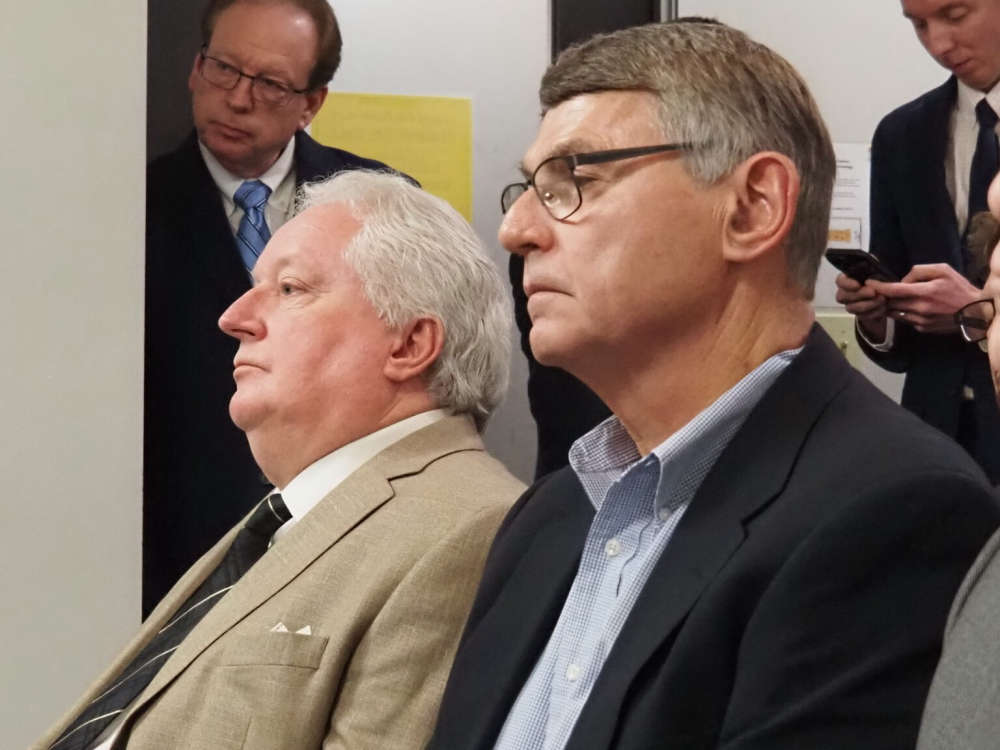 Independent pharmacists urge lawmakers to adopt PBM bill
Independent pharmacists urge lawmakers to adopt PBM bill
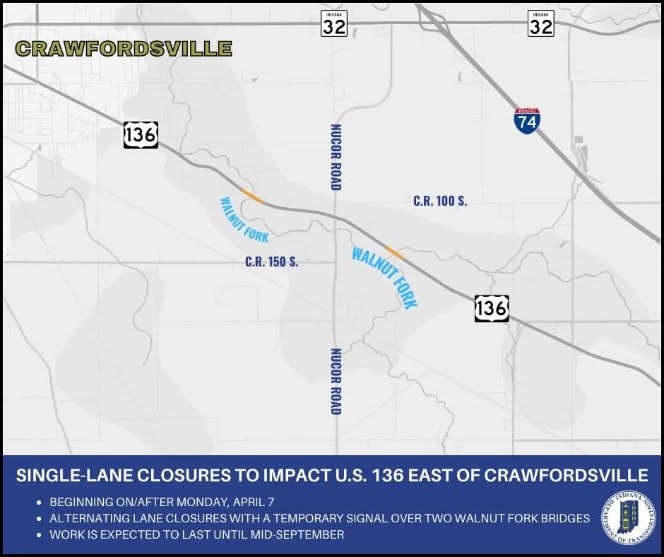 Single-lane closures to impact two U.S. 136 bridges near Crawfordsville
Single-lane closures to impact two U.S. 136 bridges near Crawfordsville
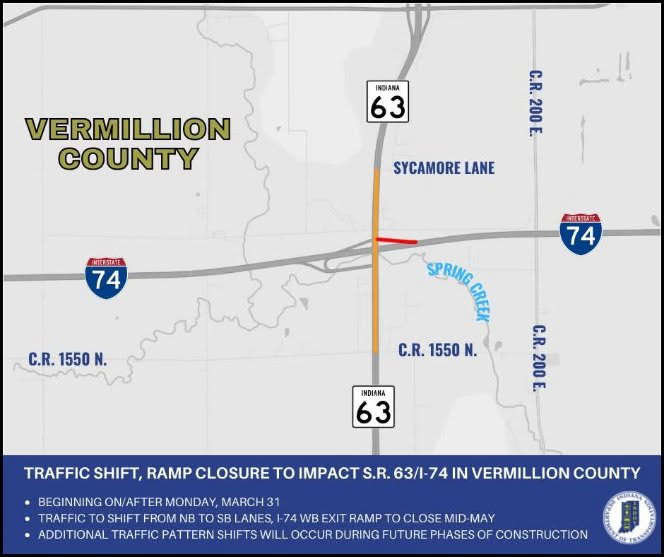 Traffic pattern shift, ramp closure to impact State Road 63, I-74 in Vermillion County
Traffic pattern shift, ramp closure to impact State Road 63, I-74 in Vermillion County
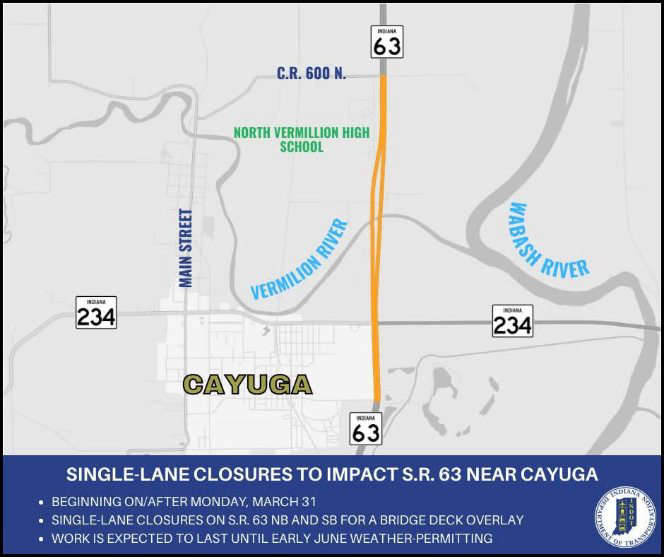 Single-lane closures to impact State Road 63 northbound near Cayuga
Single-lane closures to impact State Road 63 northbound near Cayuga
 PHHS National Honor Society inducts new members
PHHS National Honor Society inducts new members
 Financial aid available to schools to visit Indiana's state parks
Financial aid available to schools to visit Indiana's state parks
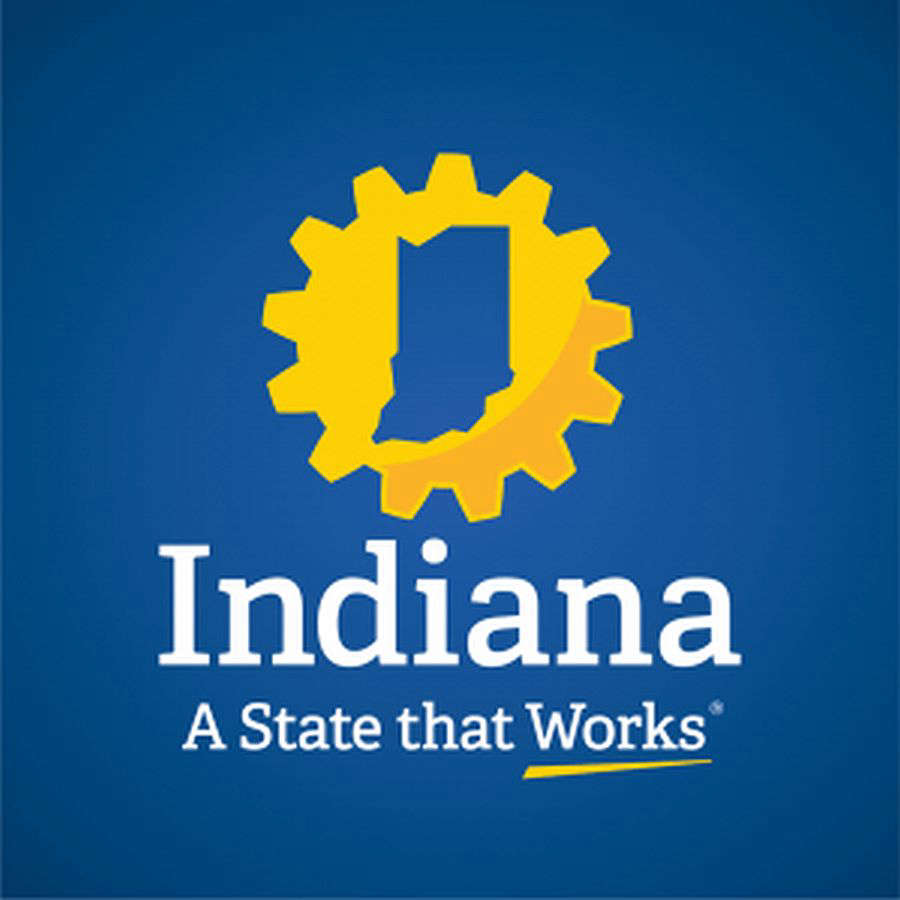 Indiana celebrates Legacy Businesses, accepting nominations for Century, Half Century awards
Indiana celebrates Legacy Businesses, accepting nominations for Century, Half Century awards
 Former Indiana Governor Holcomb joins Doral Renewables board of directors
Former Indiana Governor Holcomb joins Doral Renewables board of directors
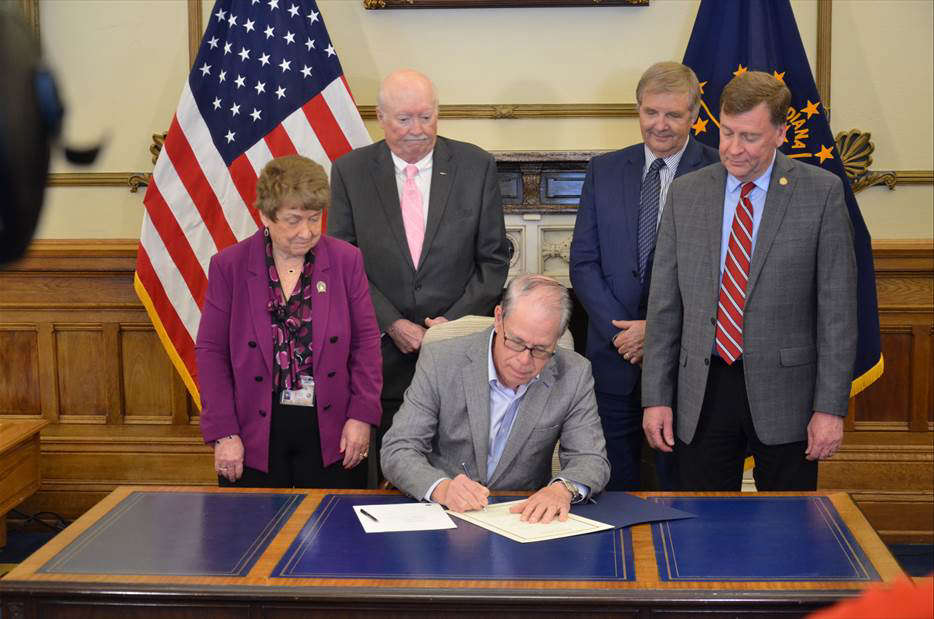 Braun signs agricultural portal bill into law
Braun signs agricultural portal bill into law
 Trailer stolen in 2022 recovered in Parke County
Trailer stolen in 2022 recovered in Parke County
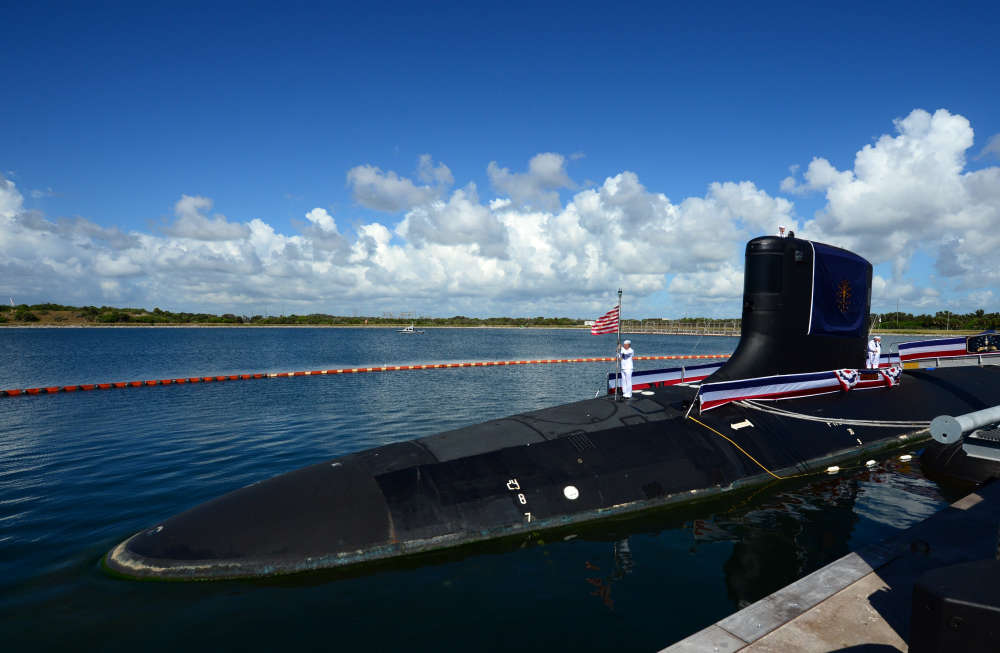 USS Indiana to return from deployment
USS Indiana to return from deployment
 Drama in Washington: Parke Heritage, University to play tonight in semistate championship (audio)
Drama in Washington: Parke Heritage, University to play tonight in semistate championship (audio)
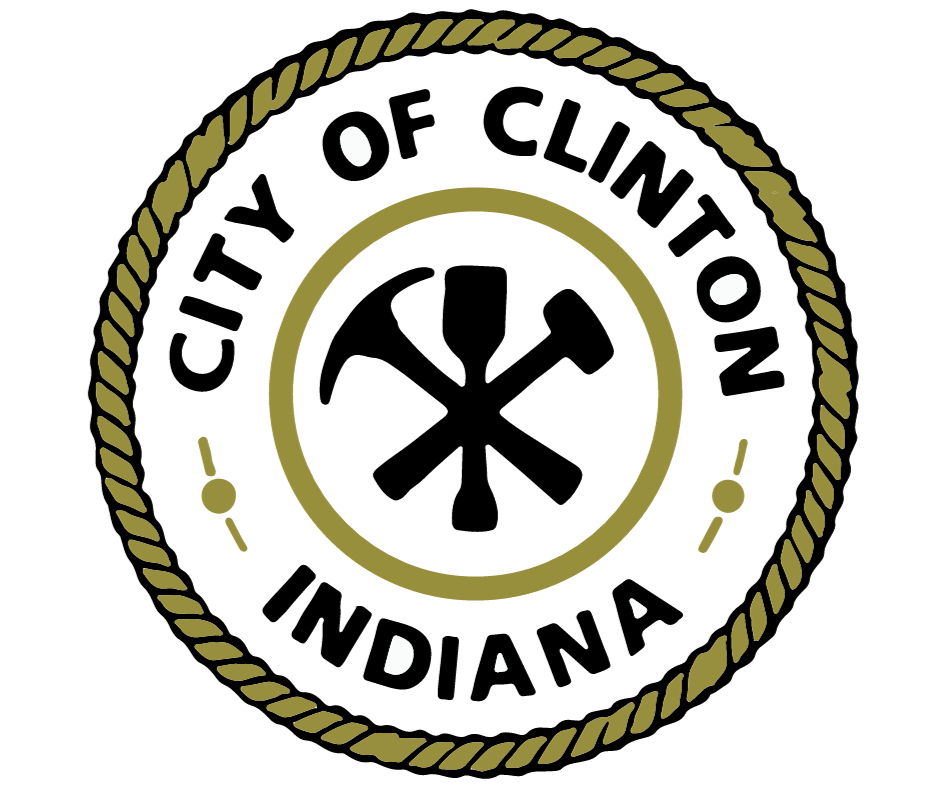 Mooney chosen to serve as Clinton clerk - treasurer
Mooney chosen to serve as Clinton clerk - treasurer




